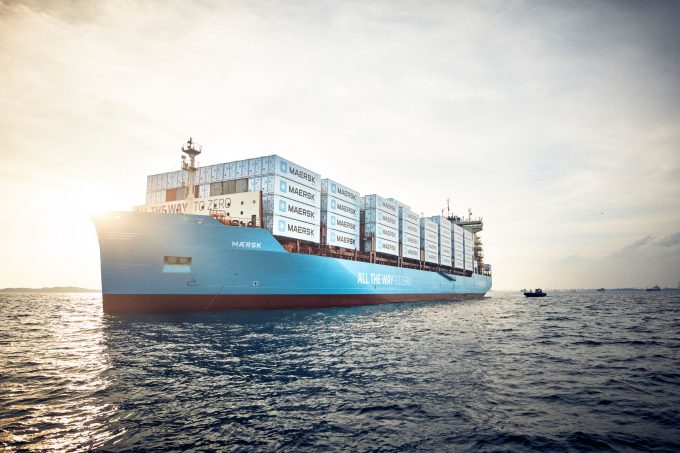Mercedes-Benz places record order for SAF with DB Schenker
DB Schenker has received its largest single order for sustainable aviation fuel (SAF) with Mercedes-Benz’s ...

So what is all this noise about methanol-powered ships? The last time I saw anything powered by methane it was Barter Town, in Mad Max Beyond Thunderdome, where the main energy source for the post-apocalyptic settlement was basically the combined flatulence of a huge herd ...
CMA CGM South Korean staff strike over bonuses after bumper 2024 profit
MSC switches two more Asia-Europe port calls from congested Antwerp
CMA airline returns two freighters, while ANA takeover of NCA looms
Nightmare for Bangladeshi exporters as congestion and tariffs bite
Tradelanes: Export boom in Indian sub-continent triggers rise in airfreight rates
Carriers introduce surcharges as congestion builds at African ports
Ports and supply chain operators weigh in on funding for CPB
Box ship overcapacity threat from carrier appetite for new tonnage

Comment on this article
Kittisak Jinjo
September 18, 2023 at 9:07 amIs Transport & Environment Study available ? guess it was supposed to link to another site or something.